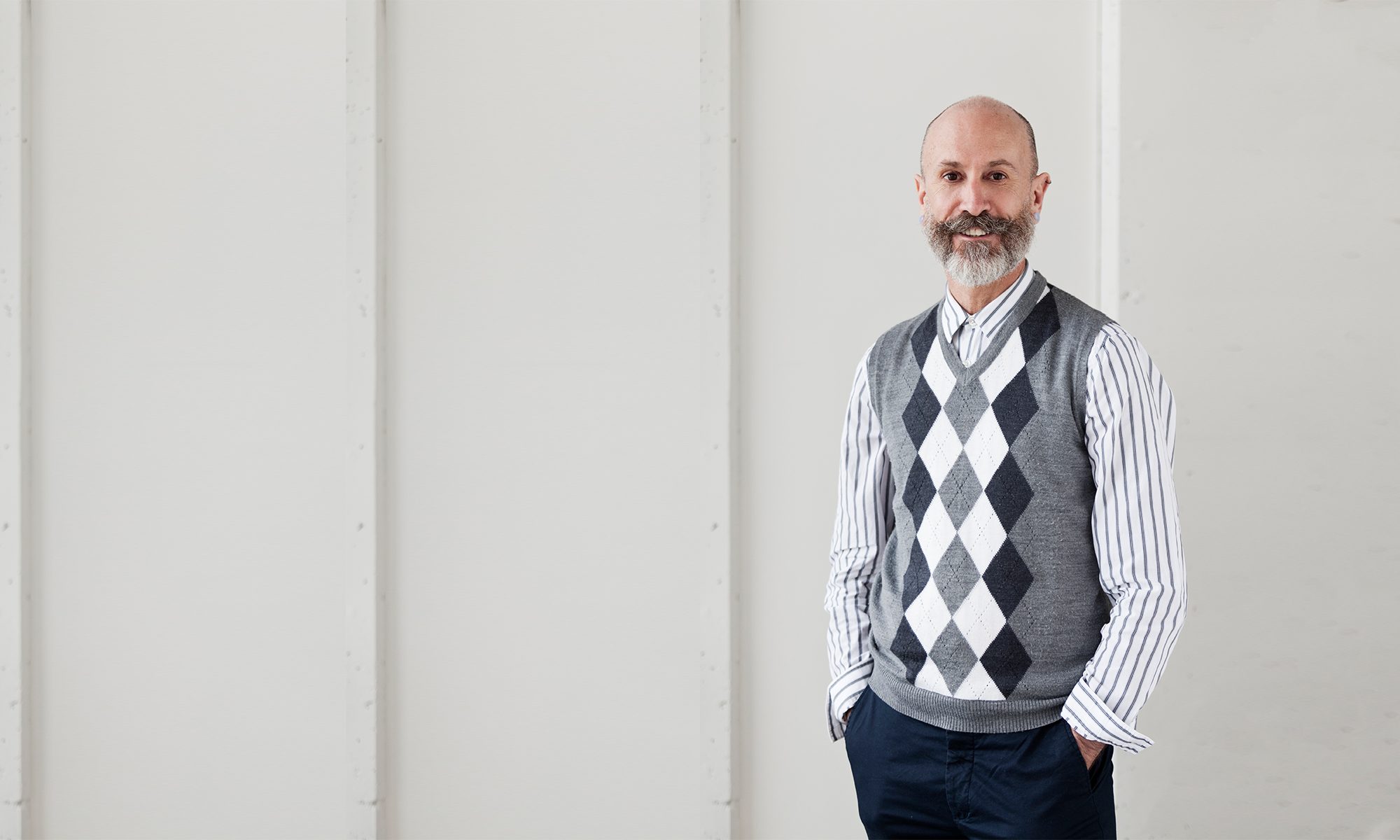In the summer of 2017, I taught a five-day workshop for piano students of all levels and ages. I must admit I really enjoy the opportunity to work with students in a summer setting. I’m never 100% certain what exactly I’ll need to do, but I know everybody comes ready to relax and learn something new. Looking back on the 2017 workshop, I have particularly fond memories of one student – eleven-year-old Alex – and the exploration I thought he was ready for on Day One.
Alex began his 15-minute mini-lesson with a performance of the Allegro movement from Clementi’s Sonatina opus 36 #1. By all accounts, it was a solid performance. Alex demonstrated an obvious mastery of multiple musical aspects. He played with good tone, dynamic shaping, and a consistent tempo.
“Thanks so much for your performance,” I said. “Could you play it again and change things up a bit this time? You know – make it sound different!” A look of uncertainty came over Alex’s face. “Try playing the piece the way you like the most,” I suggested.
During the seven to eight minutes that followed, Alex produced a number of interpretations with each one as a slight variation of the previous. As he modified each performance, I could see how Alex’s ability to “change things up” served to validate and reinforce his own confidence as a performer.
With only a few minutes left to his Day One lesson, I made one final request, “How about my favorite way?”
Recognizing that Alex wasn’t entirely sure what that meant, I continued, “For sure it’s only Day One, and you only met me nine minutes ago, so I’ll give you a couple of clues. My shirt is freshly pressed, I polished my shoes last night, this is how I typically sit, and this is how I use my voice. That should be enough.”
A few moments passed before Alex launched once more into the Allegro movement. What was going on in Alex’s head? Was he thinking this request was too much? Was he worried about his Mom, the other students, or even the group of teachers observing? It was obvious he had a lot on his mind. After his performance, he turned somewhat hesitatingly towards me. I smiled.
“You got it! That’s my favorite way all right,” I confirmed. Alex unwound with relief as everyone in the room – parents, students, and teachers – looked on in amazement. It was undoubtedly the way I preferred to hear the piece performed with deeply satisfying tone and phrasing.
Over the past four decades, I’ve used my favorite way as an impromptu activity with my own students in my own studio and with students I meet in workshops. At first glance, it may seem like the kind of exploration that’s fraught with the potential for immense failure. Yet, I can honestly report that each time, over and over again, I’ve heard students perform what is undeniably my favorite way. Even students like Alex who have only just met me.
What seems noteworthy about this process is how it differs from typical interactions in which a teacher demonstrates and has the student copy the example. That’s not to say I never demonstrate performance models for my students, because I most certainly do. Rather, what this process accomplishes is to highlight students’ participation as actively reflective performers in contrast to passive copiers. My favorite way requires students to be actively involved in thinking about a real life person who has definite musical tastes and preferences. It calls upon students to exercise their own reflective capacity, to use their imagination and intuition to come up with a performance they may never have previously considered. Something that only surfaced in the precious and uncertain moments that followed their teacher’s request,
“How about my favorite way?”
